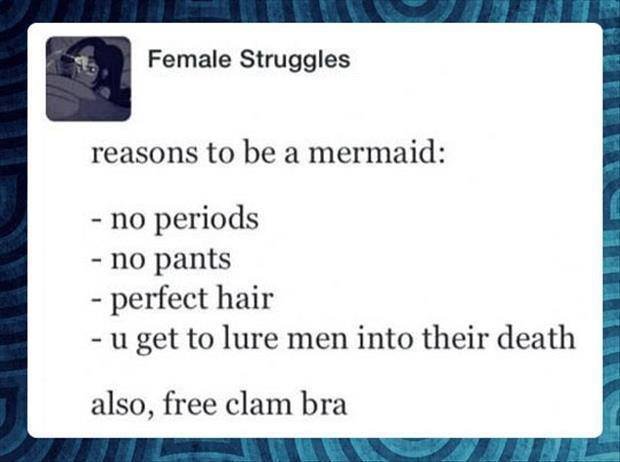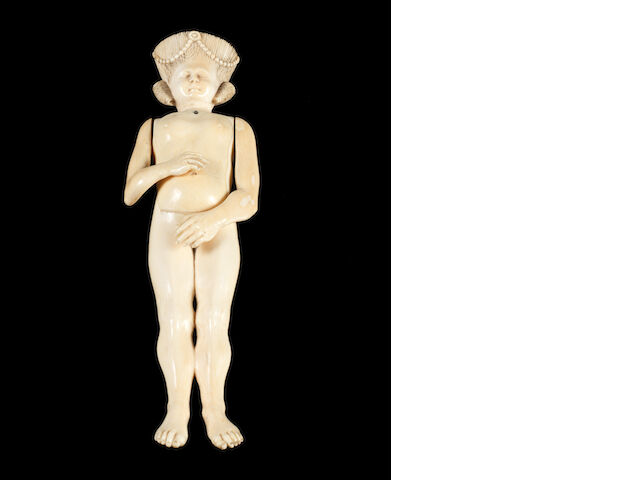Here is the Times excerpt from the documentary Vessel:
Sunday, August 31, 2014
Pro-Choice Activism, On a Boat
In a recent article in the New York Times called The Dawn of the Post-Clinic Abortion, I first read about Rebecca Gomperts, a Dutch woman who, after thorough legal research, started a campaign to set sail from the Netherlands and allow women from Ireland and elsewhere to board her boat and obtain a drug that allows women to miscarry within a limited time from conception.
Here is the Times excerpt from the documentary Vessel:
Here is the Times excerpt from the documentary Vessel:
Camouflage
According to Google the etymology of this word is as such:
First World War: from French, from camoufler ‘to disguise’ (originally thieves' slang), from Italian camuffare ‘disguise, deceive’, perhaps by association with French camouflet ‘whiff of smoke in the face’.
This story from the Guardian on new camouflage studies gives a basic introduction on how we can use camouflage studies for other purposes, whether for safety or disguise.
Another article, this one from the New York Times, chronicles a very interesting ancillary topic--translucence and "mirroring" in animals. And there's a little bioluminescence in there to boot!
First World War: from French, from camoufler ‘to disguise’ (originally thieves' slang), from Italian camuffare ‘disguise, deceive’, perhaps by association with French camouflet ‘whiff of smoke in the face’.
This story from the Guardian on new camouflage studies gives a basic introduction on how we can use camouflage studies for other purposes, whether for safety or disguise.
Another article, this one from the New York Times, chronicles a very interesting ancillary topic--translucence and "mirroring" in animals. And there's a little bioluminescence in there to boot!
And here's a great video of blanching, or the act of a normally transparent animal making themselves opaque: http://nyti.ms/1pjCUm3
Hospital architecture
The New York Times recently came out with an article on rethinking hospital room design.
Modern healthcare architecture has always sought to be clean-looking, streamlined, and bright, but with new practices, machinery, and patient input, the patient experience is becoming a primary concern.
Much better than the plague houses.
Modern healthcare architecture has always sought to be clean-looking, streamlined, and bright, but with new practices, machinery, and patient input, the patient experience is becoming a primary concern.
Much better than the plague houses.
Thursday, August 14, 2014
Fashioning the Recently Deceased
A very cool story via The Chirurgeon's Apprentice on one woman finding new, meaningful ways to dress the dead:
Drop dead gorgeous: fashion design for deceased
Sunday, August 10, 2014
Saturday, August 9, 2014
18th-Century Hair - Bigger than the 1980s
It starts with this little lady I've been wondering about for a while:
When the fashion unconscious need to figure something like this out, they start from the beginning. But along the way, they (I) may find some interesting reading material (images are links to further information):
And there will be many more to come, surely.
Also, there is a hair museum in Missouri.
The Cutsiest of Anatomies
"Anatomie nach Rembrandt" (Anatomy after Rembrandt) by Albert Schäfer-Alst
From Die anatomische Sektion in bildlicher Darstellung, Heidegger and Cetto, 1967
Museums to See
Firstly, a list of Must-See Medical Museums in the US:
http://culturemedicinepsychiatry.com/2014/07/22/news-must-see-medical-museums-in-the-usa/
There are surely more, including the New York Academy of Medicine, where the library often has exhibits, though mostly online at the moment. There is also the Beautiful Science permanent exhibition at the Dibner Hall of the History of Science.
Atlas Obscura can provide some other interesting places a little further off the beaten path and all around the world. I have a couple off the top of my head to see in Europe:
London, UK: The Wellcome Collection
Edinburgh, UK: The Hunterian
Leiden, The Netherlands: The Boerhaave
Budapest, Hungary: The Semmelweis Museum
Florence, Italy: The Museo Galileo and La Specola
and for more in Italy see Anatomia Italia
http://culturemedicinepsychiatry.com/2014/07/22/news-must-see-medical-museums-in-the-usa/
There are surely more, including the New York Academy of Medicine, where the library often has exhibits, though mostly online at the moment. There is also the Beautiful Science permanent exhibition at the Dibner Hall of the History of Science.
Atlas Obscura can provide some other interesting places a little further off the beaten path and all around the world. I have a couple off the top of my head to see in Europe:
London, UK: The Wellcome Collection
Edinburgh, UK: The Hunterian
Leiden, The Netherlands: The Boerhaave
Budapest, Hungary: The Semmelweis Museum
Florence, Italy: The Museo Galileo and La Specola
and for more in Italy see Anatomia Italia
Contact Taxidermatitis
First, an article on hipsters getting into taxidermy.
The Morbid Anatomy Museum has done quite a bit in this area, offering classes on how to make victorian mouse dioramas from the little dead guys.
And, of course, Crappy Taxidermy has been floating around the social networld for a while now.
Buzzfeed has caught on, as they do, with a whole section on dead animals and taxidermy.
And who can forget this guy?:
The Morbid Anatomy Museum has done quite a bit in this area, offering classes on how to make victorian mouse dioramas from the little dead guys.
And, of course, Crappy Taxidermy has been floating around the social networld for a while now.
Buzzfeed has caught on, as they do, with a whole section on dead animals and taxidermy.
And who can forget this guy?:
CHUCK TESTA
New Entertainments
In addition to the blogs below that I follow frequently as well as NPR's Science Friday and Radiolab, here are a few new places I've been finding entertainment:
The History Blog--concentrates on objects in history:
http://www.thehistoryblog.com/
The BBC show In Our Time
http://www.bbc.co.uk/programmes/b006qykl
And to delve into historical fiction:
The History Blog--concentrates on objects in history:
http://www.thehistoryblog.com/
The BBC show In Our Time
http://www.bbc.co.uk/programmes/b006qykl
And to delve into historical fiction:
Penny Dreadful, a magical victorian universe of anatomy, urbanism, vampires, ancient languages, etc. etc.:
And The Knick, a much more realistic medical drama set in early 20th century New York:













